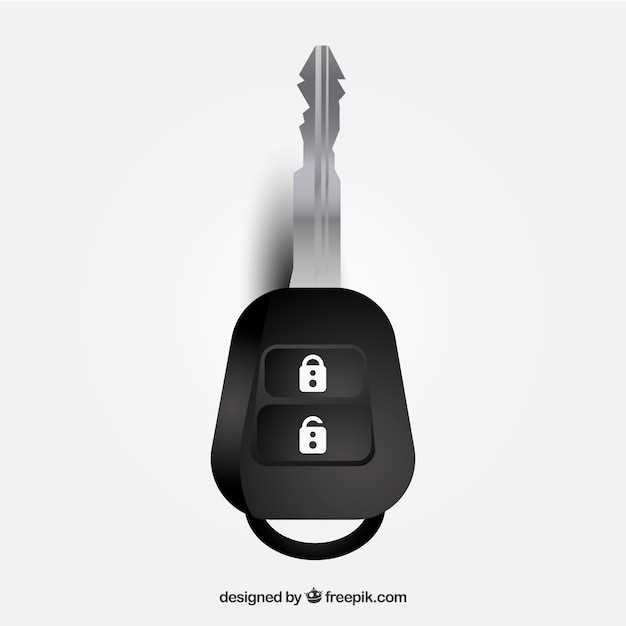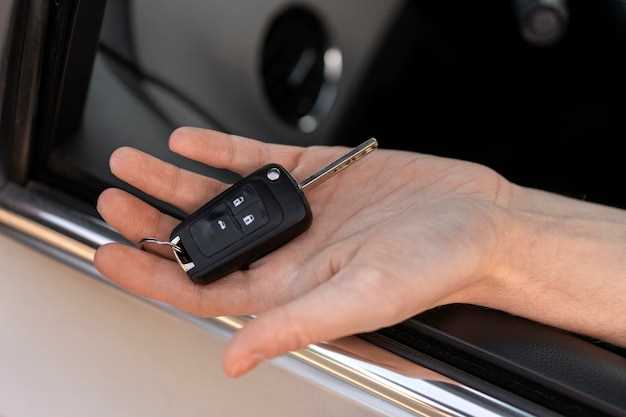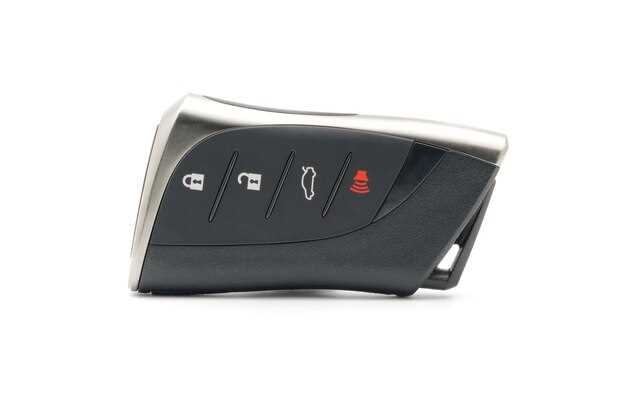
Modern vehicles, especially BMWs, are equipped with advanced electronics that enhance convenience and security. One of the essential components of this technology is the key fob, which serves as a gateway to your car’s features and functionalities. Understanding how to program your BMW key fob can significantly improve your driving experience by ensuring that you have seamless access to your vehicle.
The process of programming a key fob for your BMW is not only straightforward but also crucial for maintaining the efficiency of your car’s electronic systems. Whether you are replacing a lost key fob or simply wanting to add a new one, this guide will walk you through the necessary steps. With just a few tools and a bit of patience, you will be able to set up your fob in no time.
In this article, we will delve into the specifics of how to program your BMW key fob, providing you with detailed instructions and valuable insights. From understanding the types of key fobs available for different BMW models to troubleshooting common issues, we aim to equip you with all the information needed to master your vehicle’s electronics.
Step-by-Step Process for Programming Your BMW Key Fob

Programming your BMW key fob can enhance the convenience of accessing your vehicle. Follow these steps to ensure a successful programming process.
First, gather all necessary items, including your BMW key fob and the vehicle. Ensure that you are within close range to the car for effective communication between the key and the vehicle.
Next, enter your BMW and close all doors. Insert the key into the ignition, turning it to the “On” position without starting the engine. This will power up the vehicle’s electronic systems, allowing the key fob to be recognized.
Now, press and hold the unlock button on the key fob for approximately five seconds. After holding the button, release it and press the lock button three times consecutively. This sequence sends a programming signal to the vehicle, indicating that you are attempting to program the key fob.
Next, turn the ignition back to the “Off” position and remove the key from the ignition. This step is crucial, as it allows the programming process to finalize. Wait for a moment before attempting to use the key fob.
Finally, test the key fob by pressing the unlock button to ensure that the doors unlock and the lock button to confirm that the doors lock. If successful, your BMW key fob is now programmed and ready for use.
If the programming process does not work, consult your vehicle’s owner’s manual for troubleshooting tips or consider visiting a local BMW dealership for professional assistance.
Troubleshooting Common Issues with BMW Key Fob Programming
When programming your BMW key fob, you may encounter several issues that can complicate the process. Understanding these common problems can help you find a solution more efficiently.
One frequent issue arises from weak or depleted batteries in the key fob. If your key fob does not respond during the programming sequence, ensure the battery is charged or replace it with a new one. A functional battery is essential for the electronics inside the fob to work properly.
Another common problem is interference from other electronics nearby. Devices such as smartphones or other key fobs can interfere with the signal during programming. To mitigate this, ensure that you are in a quiet environment away from electronic devices while attempting to program your key fob.
Additionally, sometimes the vehicle may not enter programming mode due to issues with the ignition or control modules. Ensure that your BMW is in a state that allows for key programming. Verify that the ignition is on, and all doors are closed while following the key fob programming instructions.
If you have been unsuccessful after multiple attempts, try resetting the key fob. This can usually be done by following specific sequences, which differ based on the BMW model. Consult your user manual for the exact process tailored to your vehicle.
Lastly, if all else fails, consider that your key fob may be faulty or incompatible with your vehicle. In such cases, reaching out to a certified BMW dealership or professional locksmith can provide assistance. They have the necessary tools and experience to diagnose electronics issues and ensure your key fob is correctly programmed.
Understanding BMW Electronics: Key Fob Components and Functionality

The BMW key fob is a sophisticated electronic device designed to enhance vehicle security and user convenience. Understanding its components and functionality is crucial for effective programming and troubleshooting.
At the core of the BMW key fob is the integrated circuit (IC), which serves as the brain of the device. This microcontroller processes signals sent between the key fob and the vehicle, ensuring secure communication. The IC also manages various functions such as remote locking, unlocking, and trunk release.
Another essential component is the radio frequency (RF) transmitter. This part sends encrypted signals to the car’s receiver, allowing for seamless operation from a distance. The transmission typically operates on specific frequencies defined by BMW to prevent interference with other devices.
Additionally, the key fob is equipped with a battery that powers its electronic components. A reliable power source is vital for the proper functioning of the key and should be monitored regularly to avoid dead fobs. Low battery levels can lead to diminished range or complete malfunction.
The key fob is also designed with a physical key blade that can be used in emergencies, ensuring access to the vehicle even if the electronic components fail. This feature highlights the dual nature of the key fob, combining both digital and traditional locking mechanisms.
Furthermore, advanced BMW key fobs may include additional features such as comfort access, allowing drivers to unlock and start their vehicles without removing the key from their pockets. This functionality highlights the importance of proximity sensors that detect the key fob’s presence nearby.
Overall, understanding the components and functionalities of BMW key fobs is essential for diagnosing issues and performing effective programming. Familiarity with these elements empowers owners to optimize their key fob experience and maintain vehicle security.



